Laser printer paper: characteristics and selection rules
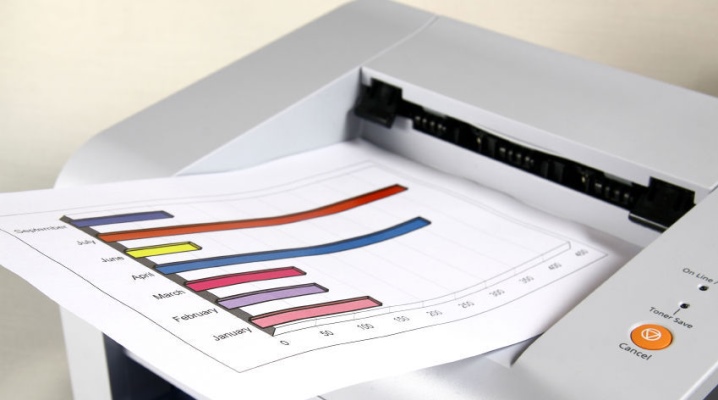
Having a printer in the office is an absolute must. However, today many people buy printing devices for home use. Many people prefer laser printers. In order for the device to work for a long time without breakdowns and print efficiently, you need to choose good consumables. Therefore, you should know the characteristics and rules for choosing paper for a laser printer.
Characteristic
Modern manufacturers produce paper of different characteristics. Some are suitable for inkjet printers, others for laser devices. It should be borne in mind that the use of paper intended for inkjet devices can cause incorrect operation and even damage to the laser printer.
Manufacturers put special markings on the packaging with paper, indicating the degree of compatibility with the type of printing device: there are asterisks opposite the name of the print type - the more there are, the better.
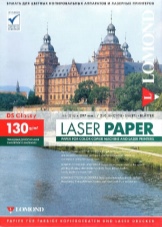
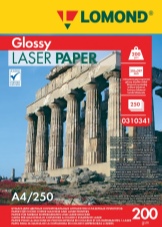
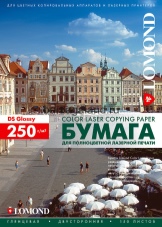
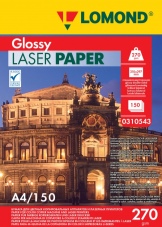
To get the right paper for your laser printer, there are several criteria to consider.
- Density. This is one of the important indicators on which the proper operation of the device depends. Density is measured in g / cm3, it must be indicated on the package. The optimal indicator is 80–90 g / cm3. If the paper is lighter, the rollers may pick up 2 sheets of paper, which will create inconvenience when printing a document, or the sheet may get stuck inside the device or break. And if the paper is too thick, it will be difficult for the pickup rollers to pick it up.
- Smoothness. The higher the quality of the paper, the clearer the image will be. In addition, toner consumption will be more economical.
- Rigidity. Rigid paper resists bending. It is especially useful when you need to print large volumes of documentation.
- Opacity. On transparencies, the print will be visible on the back. The material is completely unsuitable for duplex printing.
- The sheet should not be dusty. During operation, dust microparticles will settle on the mechanism, which will gradually slow down the operation of the printer and, as a result, reduce its life.
- Humidity. This figure should not exceed 4.5%. Damp paper curls, it becomes wavy, and may jam in the printer. That is why it is important to store paper in its original packaging in a dry and cool room with a humidity level of 50-60%.
- White. Not the most important indicator, since it does not affect the proper operation of the printer, does not affect its durability, does not affect the print quality. The indicator is important in the perception of printed texts, therefore, it is critical in the preparation of serious external documents. In this case, the degree of whiteness should be 92–98% and higher. Internal documents are prepared on a medium with a rate of 90%.
- Acidity. Another indicator that does not affect the operation of the printer. However, it is important for the shelf life of documents. High acidity levels cause yellowing and degradation of paper rather quickly, especially if not stored properly. For example, you can observe that sheets from a notebook or newspaper will turn yellow after a few days if exposed to sunlight. Office paper undergoes a special neutralization process during production, which significantly increases its shelf life.For example, on the packaging of high-quality office paper, you can find the following inscription: "the period of archival storage of the produced document is over 150 years."
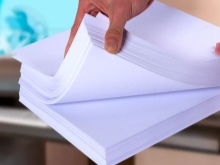
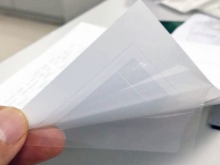
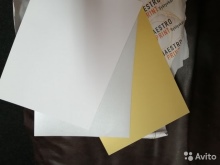
Views
Quite often it is required to print not only ordinary texts and documents, but also photographs, labels, covers. Different types of paper are used depending on the purpose.
- The most popular and versatile is coated. It is characterized by the application of an additional coated layer, which prevents the absorption and spreading of paint over the surface, so the image is bright and attractive. The presence of a coated layer contributes to an increase in the whiteness index. This paper can be matte or glossy. Glossy is obtained from matte by passing through special shafts. It becomes denser and thinner to the touch.
Coated paper comes in different weights, so it is suitable for various printing products. Matt is often used in the office for printing documents, leaflets, leaflets. Glossy suitable for promotional products, calendars, covers.
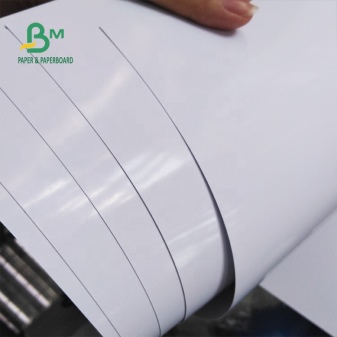
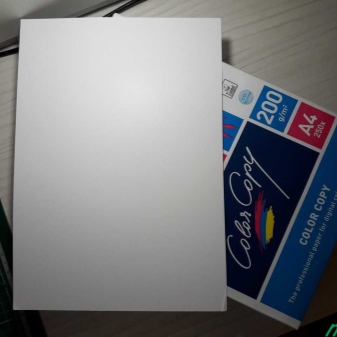
- Synthetic paper has excellent characteristics. It looks like an ordinary office. Paper is more versatile because it has many wonderful properties. For its manufacture, polyethylene or polypropylene film is used, so it is distinguished by wear resistance, moisture resistance, elasticity, strength to bending and stretching. It has a smooth, even surface and is not subject to deformation during printing.
A synthetic product allows you to get a high-quality image with good detail, the image retains brightness for a long time, it is impossible to leave a stain on the paper. This type is suitable for the manufacture of tourist cards, covers, tags and labels, playing cards. Café menus are often printed on it, especially those that work outdoors.
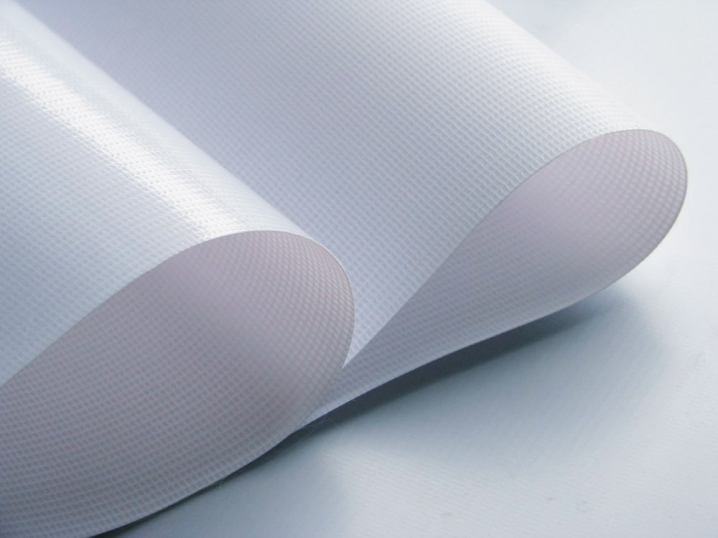
- Transparent self-adhesive products provide great opportunities. Polyester, vinyl, polyvinyl chloride, polyurethane are used for its manufacture. Most often it is performed in A3, A4 format. Slides, stickers, labels and stickers, advertising brochures are created from it. It is suitable for the manufacture of protective coatings for office equipment, shop window decoration.

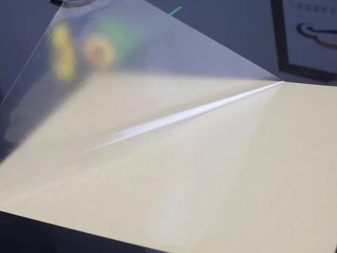
- Magnetic paper is great for promotional items. It looks like coated, but has a magnetic layer that allows it to adhere to metal surfaces. It is a smooth, dense material that does not leave fold lines after folding. The produced plates, photographs, calendars, advertising materials can be placed on the surface with rust, where it is impossible to use self-adhesive film.
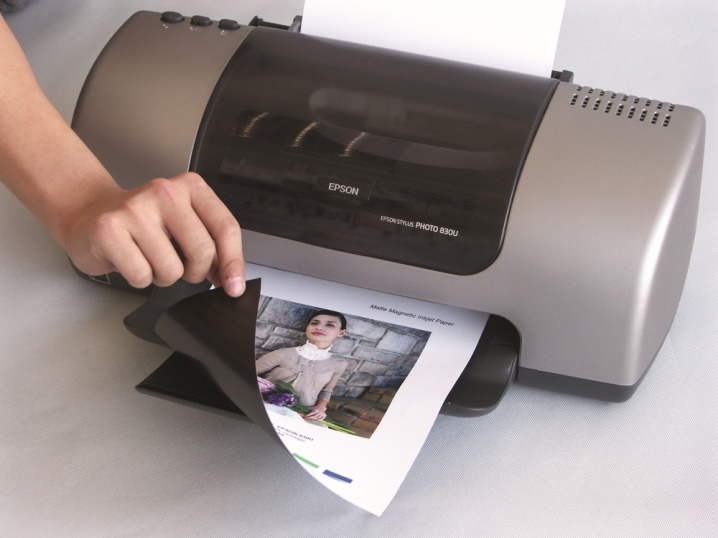
- Laser printers can print images, which will then be transferred to ceramics, wood, glass, plastic. This will require decal or gummed paper. It has 2 layers: the bottom one is plain paper, the top one is a special film for drawing. The printed image is used as a decal.
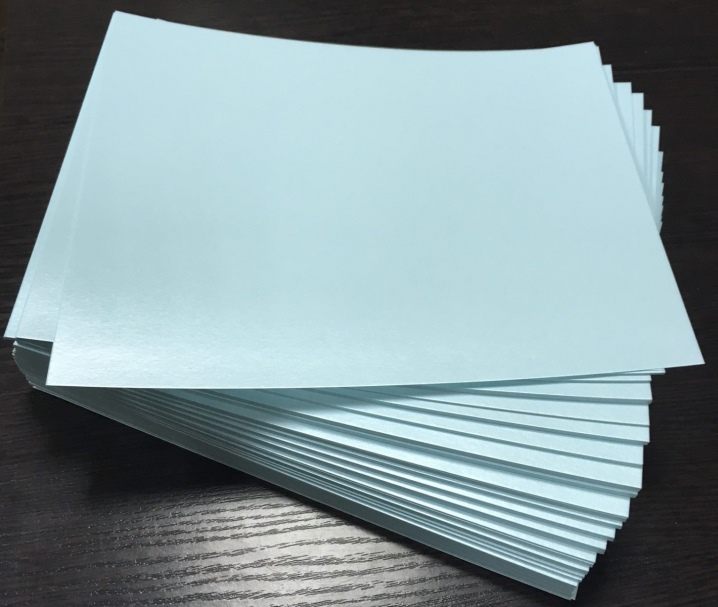
- Transfer paper will allow you to quickly transfer a color picture to fabric, ceramics, glass, wood, as well as a tattoo on a human body.... The product is made on a polymer basis.
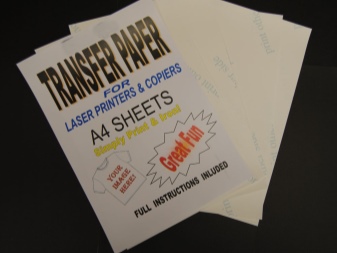
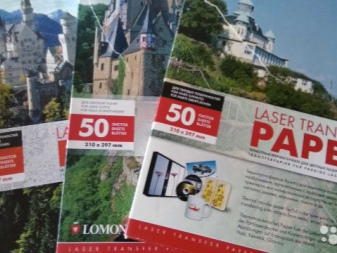
It should be noted that not all types of paper are suitable for laser printers, as heating the fuser to high temperatures will damage or melt the material, resulting in printer failure.
Formats and sizes
In accordance with the international classification, paper for documents is designated by the letter A, for printing products - B. The numbers indicate the size. The largest is A0, the smallest is A10.
The size of each format is half the size of the previous one. The most common is A4. Its dimensions are 210x297 mm.
Selection Tips
When choosing paper for a printer, it is worth considering all the necessary parameters, as well as paying attention to the format. It is imperative to make sure that the product is suitable for the laser device. The best paper is the one that matches the specifications of the printer.
For a color photo printer, you should choose a quality product with good color gradation. To print labels, you need thick flexible paper with smooth edges and cut notches, a high-quality adhesive base.

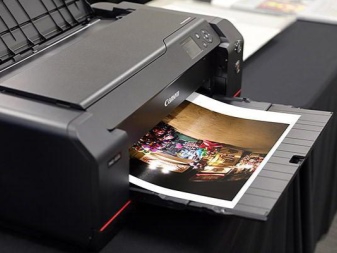
See below for an overview of printer paper.













The comment was sent successfully.